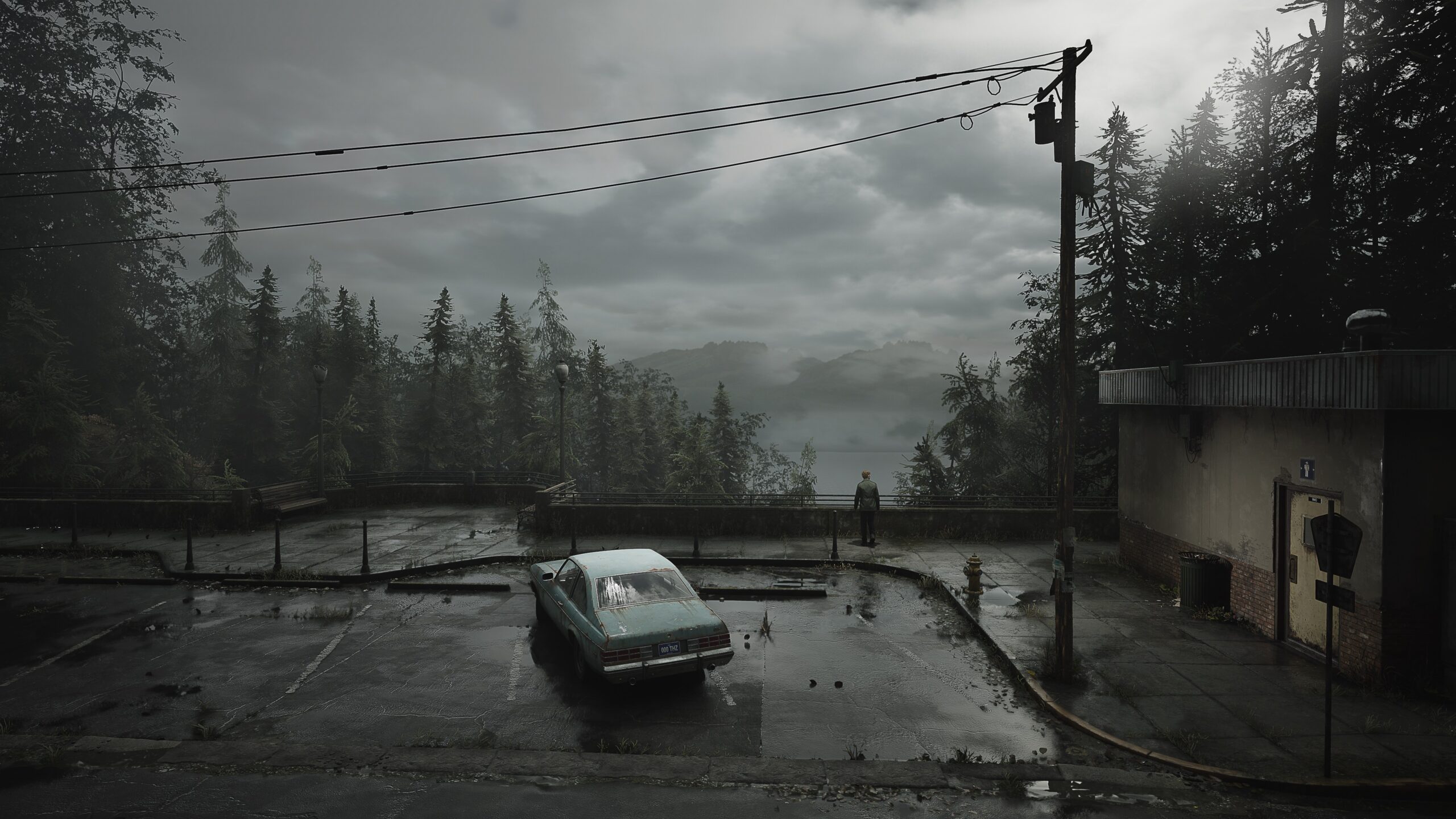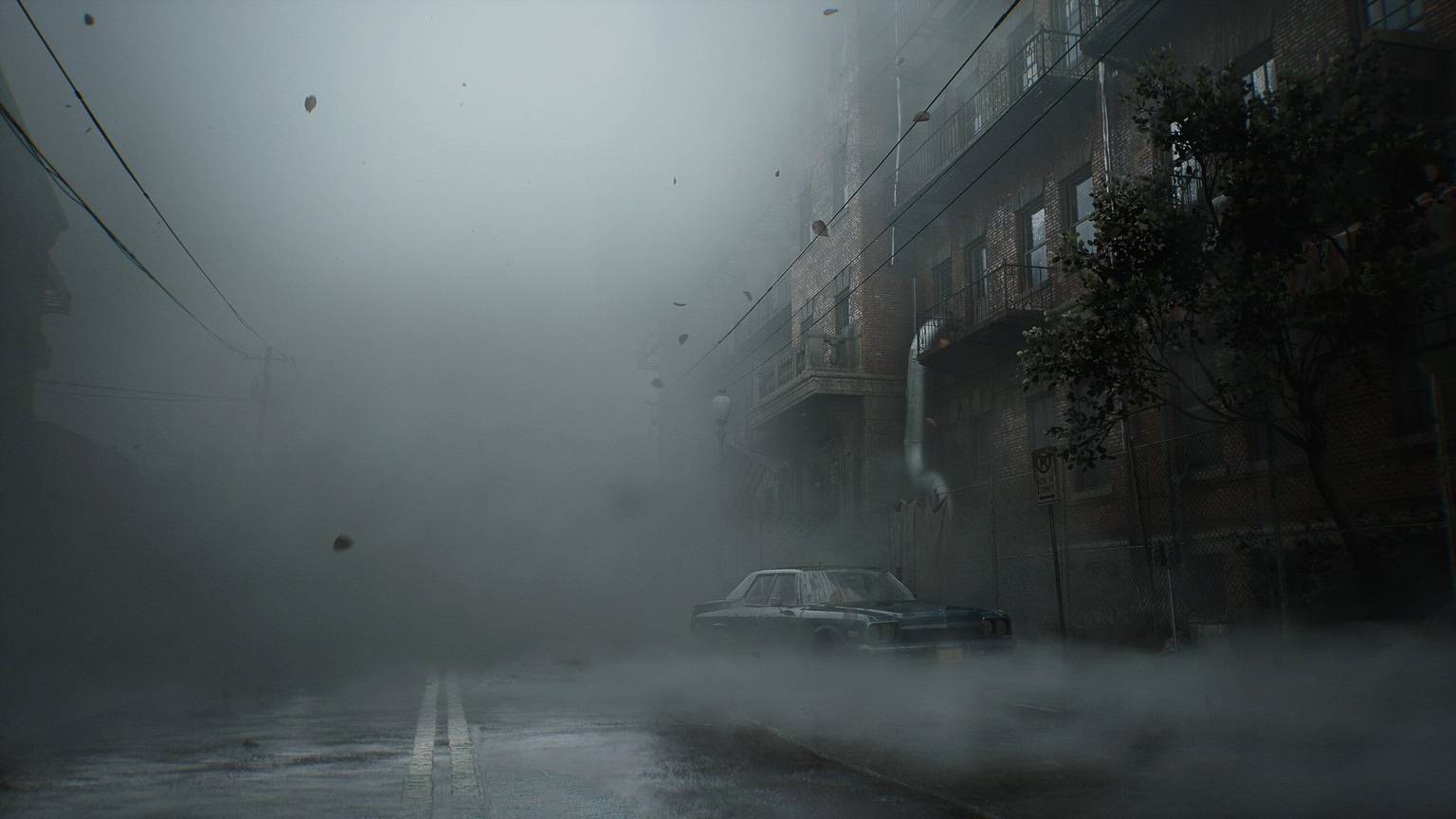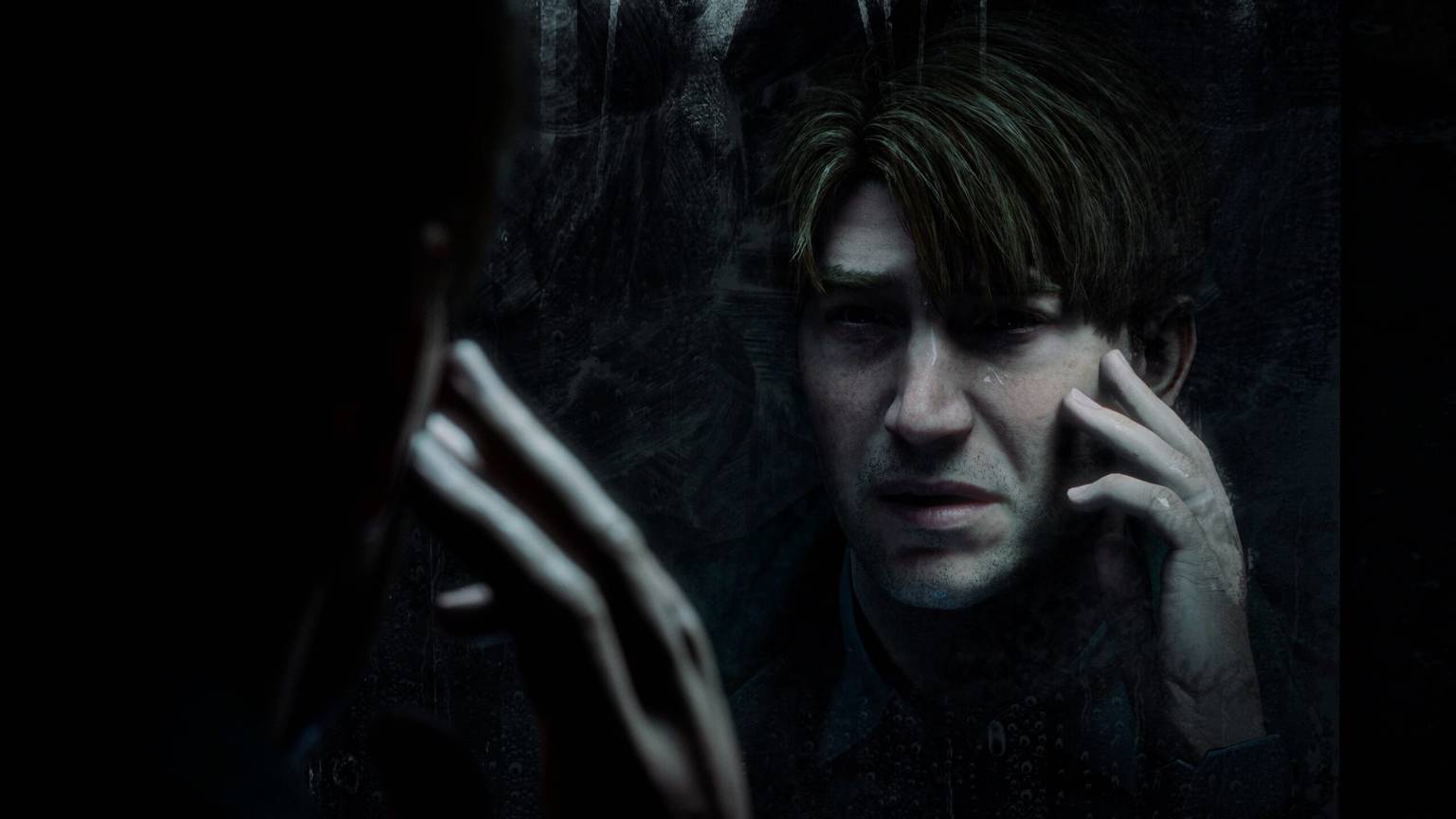He has a YouTube channel but this is the best we're going to get, apparently:Is there a decent quality feed of this? Twitter's video is. And that always adds to the realism.
Install the app
How to install the app on iOS
Follow along with the video below to see how to install our site as a web app on your home screen.
Note: This feature may not be available in some browsers.
You are using an out of date browser. It may not display this or other websites correctly.
You should upgrade or use an alternative browser.
You should upgrade or use an alternative browser.
Unreal Engine 5, [UE5 Developer Availability 2022-04-05]
- Thread starter mpg1
- Start date
Turn off r.Shadow.Virtual.NonNanite.IncludeInCoarsePages 0 in the console and it will make it much faster with no real quality difference in this scene/case. More info in docs if curious https://docs.unrealengine.com/5.0/en-US/virtual-shadow-maps-in-unreal-engine/Hard to bench since you can move freely. Virtual shadows are killing the perfs on my 3090 at 1440p. CPU is nothing nothing (it even keeps low frequency), it's strictly gpu bound it seems
This Unreal Engine 5 shooter that imitates the aesthetics of body cameras or body cams, is the most photorealistic and incredible thing you will see today.

Great concept and amazing execution. Makes for a very visceral experience. Many games in the 2010's aimed for that feel, but none got this close. COD MW campaigns always tried to capture that documentary/journalistic feel. Infinity Ward / Treyarch / Whatever other studio maes CODs must have raised an eybrow of two when they saw this demo on twitter.
This is funny. AMD is working on a scalable GI that is accelerated by Hardware RT and compares it to Software Lumen.
The GI provided by AMD even in its first 1.0 version already runs faster and makes use of HW-RT.

Silent Hill 2 remake revealed, first gameplay details and design changes announced
Konami and Bloober Team on how they're reimagining the horror classic for PS5.
 blog.playstation.com
blog.playstation.com
Silent Hill 2 use Unreal Engine 5. They are using Nanite and Lumen.
Built with Unreal Engine 5
We are updating the Silent Hill 2 experience comprehensively. With the possibilities of the Unreal Engine 5, we’re bringing the foggy, sinister town to life in ways that were impossible up to this point. The game will delight PlayStation 5 players visually, auditorily, and sensorily.
Some of the Unreal Engine 5 features that really shine are Lumen and Nanite. With them we’re raising the graphics to new, highly-detailed and realistic levels, while turning the game’s signature nerve-racking atmosphere to eleven.


EDIT: the youtube video is 60 fps
Last edited:
The Orhan Sayin portion looks amazing but something is off. I wouldn't call it uncanny valley because its not creepy but my mind perceives it as something real but fake. Like using a figurine in a great stop-motion production.
Big thing is that it doesn't need objects to be split.
This is funny. AMD is working on a scalable GI that is accelerated by Hardware RT and compares it to Software Lumen.
The GI provided by AMD even in its first 1.0 version already runs faster and makes use of HW-RT.
Should be interesting.

Game development presentations - a useful reference
That might be a god send. It means devs will experiment way more with different aproaches to dispaching ray-casts, binning them, reordering, different strucures... Perhaps some will try to mix triangles tracing with other primitives... The consoles will end up being a lab for experimentation...
In my post Unreal released the opening of the Unreal Fest and they talk about the improvement they did with Unreal 5.1. I took some screenshot but better to see by yourself. The improvement with Nanite foliage. They show example, this is much better than see it inside a twitter video.
EDIT: The coalition helped with Motion matching too.
Last edited:
Sorry for the bit of necro, but I don't really keep up with the state of hardware very well so checking on dynamic parallelism support again after a few years and seeing this is still the most practical portable way (the bitrotting support by AMD in OpenCL is useless and how long Intel will really keep working on modern OpenCL and interop when they are trying to push SYCL is questionable).The reality is whenever UE5 ships it is going to force the issue. Nanite uses a persistent threads style kernel as part of its culling that is - how shall we say - at the edge of what is spec-defined to work.
I wonder though, would Epic have done differently even if that weren't the case? Persistent threads are hacky and ugly ... but you just can't beat that latency and control over memory, most importantly shared memory, which you aren't ever likely too get with any higher level API.
This is funny. AMD is working on a scalable GI that is accelerated by Hardware RT and compares it to Software Lumen.
The GI provided by AMD even in its first 1.0 version already runs faster and makes use of HW-RT.
More specifically, their caching is very similar to Lumen's final gather. But thats where the bigger similarities seem to end.
I don't even think what they're doing is explicitly allowed by either PC APIs or the shading languages. They admit to relying on some undefined behaviour in how certain will GPUs schedule their work so that threads won't be starved indefinitely ...Sorry for the bit of necro, but I don't really keep up with the state of hardware very well so checking on dynamic parallelism support again after a few years and seeing this is still the most practical portable way (the bitrotting support by AMD in OpenCL is useless and how long Intel will really keep working on modern OpenCL and interop when they are trying to push SYCL is questionable).
I wonder though, would Epic have done differently even if that weren't the case? Persistent threads are hacky and ugly ... but you just can't beat that latency and control over memory, most importantly shared memory, which you aren't ever likely too get with any higher level API.
The major sticking point behind nanite is that it needs some form of a forward progress model so that it can use persistent threads to do hierarchal culling. I don't see how dynamic parallelism will get us there since that's mostly a software feature and forward progress guarantees is mostly a hardware property of how GPUs scheduling works ...
Sorry I wasn't clear... that cvar does not toggle off VSMs, it makes VSMs much less expensive in that scene (which has lots of non-nanite geometry) without really any hit to quality. Should ideally have been done in the demo itself, but just noting VSM does not *have* to be as expensive as it is in the stock demo.Oh there is already a toggle in the UI. I was just saying, it's the biggest performance eater for me in these demos.
The whole thing don't look that great anyway.
Man UE5.1 is capable of some truly incredible stuff.
As noted before though, HWRT will almost always "win" in static and/or simpler scenes where you don't need to update any significant amount of the geometry in the BVH. Stuff like architectural visualization is a perfect case for HWRT. Simple geometry, but want lots of accurate light bouncing.The GI provided by AMD even in its first 1.0 version already runs faster and makes use of HW-RT.
The place where it falls apart is complicated/large scenes that need significant BVH updates every frame. It's not GI specifically that falls apart there, it's HWRT as it exists today. I'm sure we will get improvements there in the future, but I'd love to see it get more focus from the tech press since that is where some of the real limiting issues lie IMO, and tech demos/research never stresses those paths significantly.
It's more that by shipping persistent threads with the scheduling assumptions embedded we forever constrain the hardware/drivers in a few ways. We absolutely would prefer to use some sort of higher level interface that the IHVs could bake down into something safe and optimized (or even HW accelerated in the future) on a given GPU generation. Even taking a moderate performance hit to have "safe" spec-compliant code would be probably acceptable, it's just the current option (chaining tons of dispatch indirects) is unusable slow, not just a bit slower.I wonder though, would Epic have done differently even if that weren't the case? Persistent threads are hacky and ugly ... but you just can't beat that latency and control over memory, most importantly shared memory, which you aren't ever likely too get with any higher level API.
As noted before though, HWRT will almost always "win" in static and/or simpler scenes where you don't need to update any significant amount of the geometry in the BVH. Stuff like architectural visualization is a perfect case for HWRT. Simple geometry, but want lots of accurate light bouncing.
The place where it falls apart is complicated/large scenes that need significant BVH updates every frame. It's not GI specifically that falls apart there, it's HWRT as it exists today. I'm sure we will get improvements there in the future, but I'd love to see it get more focus from the tech press since that is where some of the real limiting issues lie IMO, and tech demos/research never stresses those paths significantly.
They probably need to improve research paper and go further than the Sponza scene. Maybe we need some scene like the City sample to help.
Similar threads
- Replies
- 124
- Views
- 13K
- Replies
- 104
- Views
- 21K
- Replies
- 0
- Views
- 1K
- Locked
- Replies
- 260
- Views
- 24K
